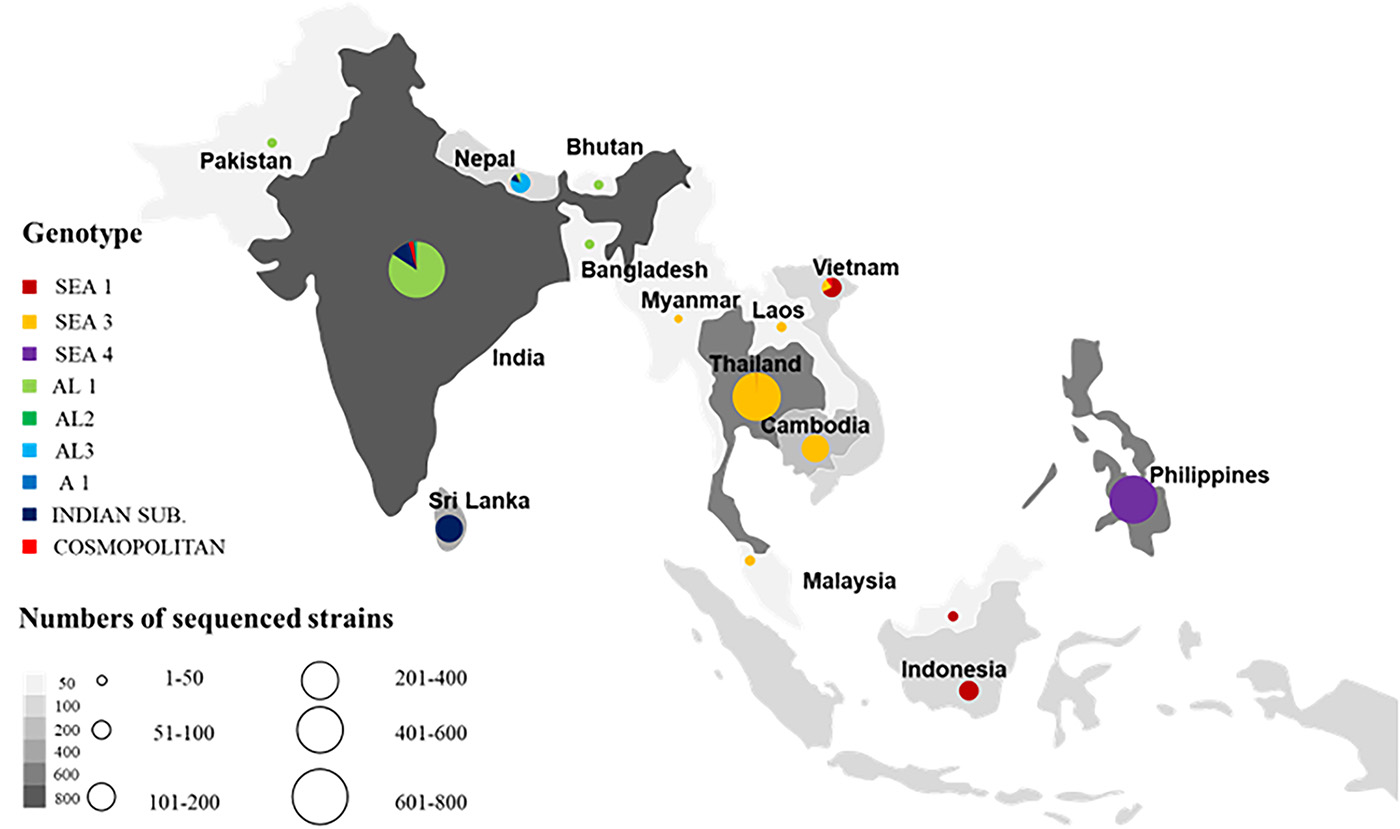The training workshop on molecular epidemiology techniques for rabies was repeated in 2022, again led by a team from the WOAH Reference Laboratory for Rabies in China P.R. Participants from nine Members in the region took part in the training, with the objective to strengthen capacity for epidemiology of rabies.
Rabies continues to be an endemic zoonosis throughout much of Asia. Changchun Veterinary Research Institute (CVRI) in China P.R., a WOAH Reference Laboratory for Rabies, has led several hands-on laboratory training workshops in Asia and the Pacific in recent years. In 2021, Dr Changchun Tu, WOAH rabies expert, and his team from CVRI led a workshop on molecular epidemiology techniques (MET) for rabies to support Members’ understanding of the epidemiology of rabies virus (RABV) in the region.
The Members selected for this workshop (Cambodia, India, Indonesia, Malaysia, Mongolia, Myanmar, Nepal, Sri Lanka, Thailand) previously took part in CVRI-led “hands-on training” workshops either in China P.R. or in their own country.
As in 2021, participants received a manual on free molecular epidemiology techniques (MET) software packages (MEGA® and BioEdit®) to allow them to become somewhat familiar with the platforms before the training. The workshop was a mixture of short presentations and practice sessions. Participants gave very informative reports on the current situation of rabies in their countries. WOAH welcomed back two participants from last year to share their experiences using MET tools. This year, participants included some from South Asia, and Dr Shrikrishna Isloor, WOAH rabies expert at the WOAH Reference Laboratory for Rabies in Bangalore, India, joined the workshop to present on rabies molecular epidemiology in South Asia. Training on MET included a series of introductory presentations from the CVRI team before progressing to “practical” sessions with exercises using MET software. Using the software, trainees practiced running sequence analyses real time during the workshop.
The workshop on MET allowed time for answers/explanations as participants worked through the materials and practical session. A follow-up session later in the year provided an opportunity to provide troubleshooting advice for participants. Participants completed a small project using MET to share with the group.
Agendas with presentations
